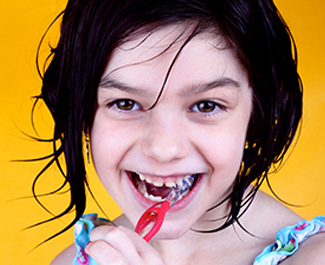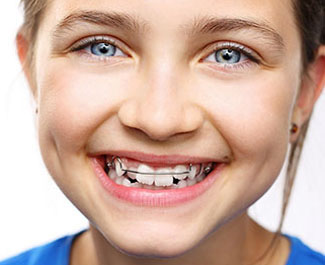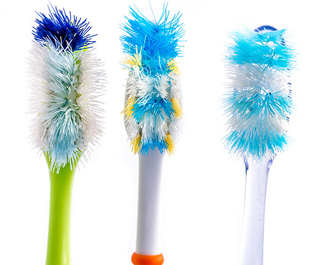April is National Facial Protection Month
April 22nd, 2017
April is National Facial Protection Month
Take Five: Sports Safety Tips for National Facial Protection Month
Calling all MVPs, team captains, full roster players, practice squads, coaches, teachers and parents/caregivers. Five of the nation’s top dental associations want to remind everyone to play it safe during recreational and organized sports to help prevent serious, painful facial injuries that can take the fun out of the game. Take five, and take in these five simple safety tips.
- Mouth Guards are a Must. Mouth guards are significantly less expensive than the cost to repair an injury, and dentists and dental specialists can make customized mouth guards that hold teeth in place and allow for normal speech and breathing.
- Helmets are always Helpful. Helmets absorb the energy of an impact and help prevent damage to the head.

- Have 20/20 Vision with Protective Eyewear. Eyes are extremely vulnerable to damage, especially when playing sports.
- Face Shields Save Skin…and more. Hockey pucks, footballs and racquetballs can cause severe facial damage at any age.
- Cheer and Shout Out Your Support for Mandatory Protective Gear. Athletes who participate in football, hockey and boxing are required to wear mouth guards. If mouth guards have been proven to significantly decrease the risk of oral injuries, why is it not mandatory in every sport for kids to wear them?
Whether your child is playing a contact sport or just monkeying around on the monkey bars, accidents happen. A recently published study by the University of Alabama at Birmingham analyzed data from the National Electronic Injury Surveillance System (NEISS), a database of injuries treated at hospital emergency departments, for the period 2001-2008. Researchers found the five most common causes of childhood injuries were, in order of frequency, basketball, football, bicycling, playgrounds and soccer. 1
An estimated 12 million people ages of 5 and 22 years suffer a sport-related injury annually, which leads to 20 million lost days of school2 and approximately $33 billion in healthcare costs.3 Yet, some of these injuries could be prevented with protective gear. “A properly fitted mouth guard is an essential piece of any athlete's protective equipment,” says Dr. Paul Nativi, DMD, FASD, and past president of the Academy for Sports Dentistry. “Talk with your dentist about what kinds of activities your family enjoys and ask about ways to make sure their teeth and face stay protected.”
Every April, National Facial Protection Month strives to raise public awareness and remind parents/caregivers, coaches and athletes to play it safe while playing sports. The Academy for Sports Dentistry (ASD), American Academy of Pediatric Dentistry (AAPD), American Association of Oral and Maxillofacial Surgeons (AAOMS), American Association of Orthodontists (AAO), and the American Dental Association (ADA) are collaborating to promote the 2015 April is National Facial Protection Month observance to help people learn more about how simple it can be to take five and make a play for better safety that protects not only your mouth and face, but also your peace of mind.
References:
1. http://www.sciencedaily.com/releases/2014/10/141013152656.htm. 2. National Athletic Trainers’ Association. (unpublished media review). 3. Ferguson RW. Safe Kids Worldwide Analysis of Consumer Product Safety Commission (CPSC) National Electronic Injury Surveillance System (NEISS) data, 2013.














 Website Powered by Sesame 24-7™
Website Powered by Sesame 24-7™